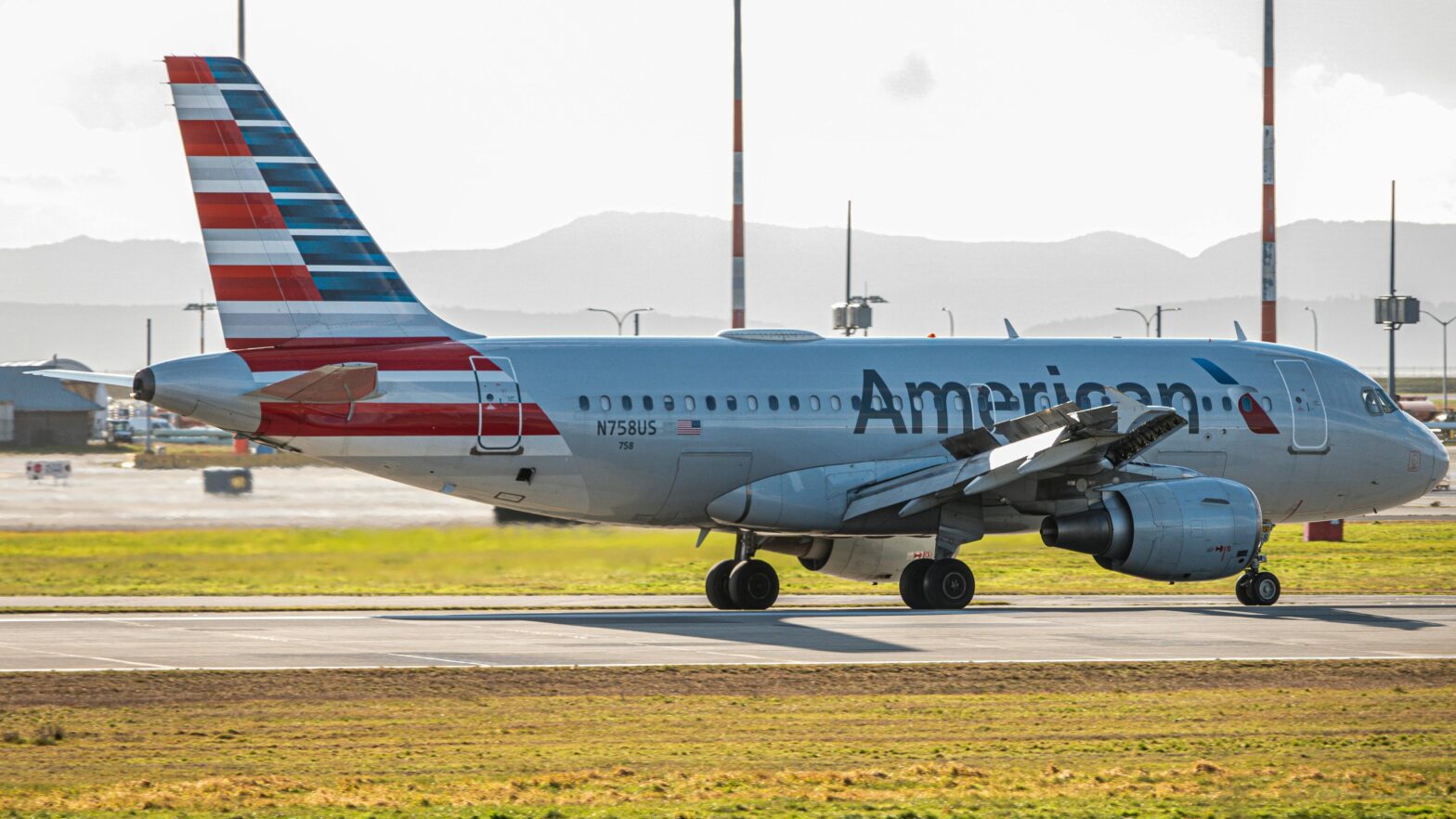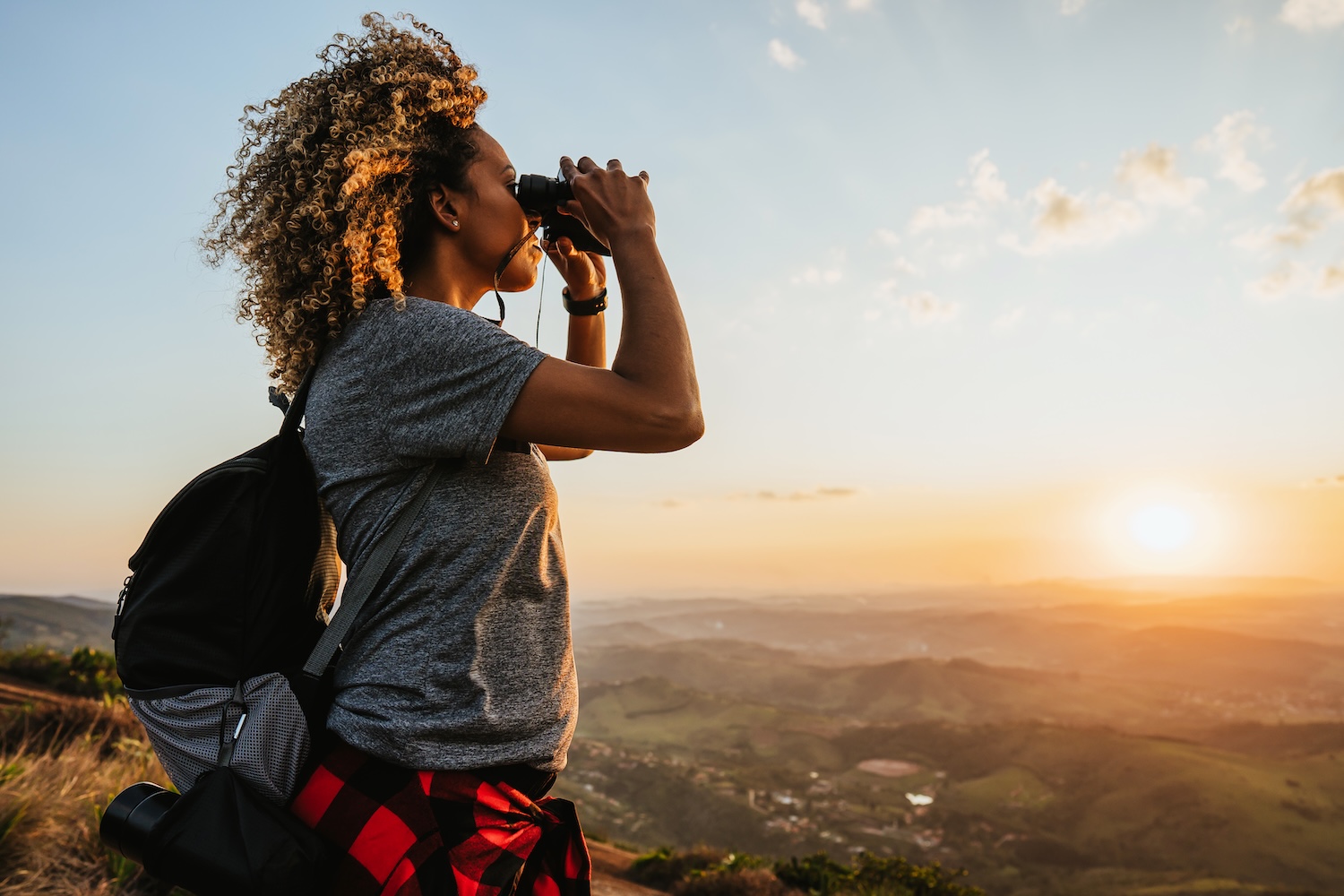Before there was salsa and reggaeton, there was Bomba. It is an essential expression of Puerto Rico‘s African heritage. The rhythm is both a traditional dance and musical style, with its origins rooted in African slavery, but today it has evolved into a community expression of Afro-Puerto Rican culture.
It dates back to the beginning of the Spanish colonial period, and was developed by West African enslaved people and their descendants, who worked in sugar plantations along the coast. Despite the success of other music styles, Bomba remains as one of the most popular forms of folk music on the island and serves as significant evidence of its rich culture.
Bomba is truly about a creative, interactive relationship between dancers, percussionists and singers. Today it’s practiced as a communal activity in its centers of origin in Loíza, Santurce, Mayagüez and Ponce. Also, Puerto Rican migrants have brought it to some parts of the US.
“It is important to note that bomba encompasses more than 16 rhythmic styles, and popularity varies by region. Each rhythm sets the pace of the singing and dance and calls for a different attitude,” said Vimari Colón-León, an assistant professor at Bridgewater College in Virginia.
“Some styles, such as sicá, yubá, güembé, belén, corvé, and cunyá, have names that recall their African origin. Others like holandés (from Holland) and leró (the roses) are labeled after European terms and French creole words adopted from neighboring Caribbean islands. From the myriad of bomba styles, there are three that most people recognize and know. These are the sicá, yubá and holandés. Sicá is an ideal introductory subgenre because it is the most popular.”
She explained that Bomba ensembles are made of a percussion section that includes the following: two or more drums of two different diameters called barriles de bomba (bomba barrels); one large gourd maraca; and one cuá-a stick drum made of a hollow bamboo log.
Drums, traditionally made with rum barrels and goatskin, have a hierarchy established by their role in the ensemble. The larger drum is called a buleador and is in charge of keeping the steady beat by playing a foundational rhythm. The high-pitched drum is called a subidor and is responsible for improvising above the large drum. This drum is also used to mark dancers’ movements by producing a type of conversation with each other.
The other two instruments, the cuá and maraca, add additional rhythmic layers that complement the large drum’s rhythm. The cuá is usually placed on a stand and played with two sticks, and in most cases, the lead singer plays the maraca. The maraca rhythms could be performed by any shaker, and the bomba barrels by a small and a large drum.





